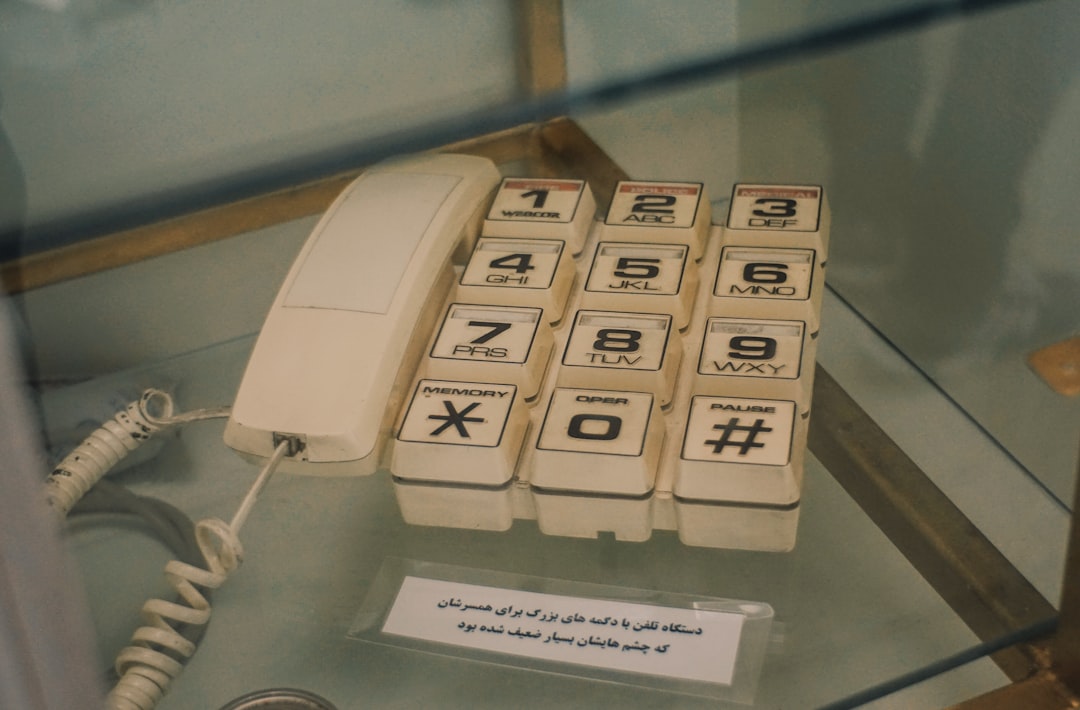
It’s become a common ritual for millions: open TikTok, scroll through a personalized feed, and let the endless river of curated content flow. But what happens when that experience grinds to a halt, and instead of short-form videos, you’re met with a cryptic message—Error Code 400? For a platform built on fast responsiveness and user customization, this error has become an unexpected interruption that leaves users and even TikTok’s beloved For You Page seeming a bit… confused.
What Is TikTok Error Code 400?
When TikTok displays Error Code 400, it typically signifies a bad request between your device and the app’s servers. In basic technical terms, it means the data being sent to TikTok from your device is either malformed, expired, or incompatible with what the servers are expecting. But what makes this particular error so frustrating is its elusive nature. Unlike other codes that might be pinned to a specific cause—say, network errors or permission issues—Error 400 often masks a more complex interaction between cached data, login credentials, and backend server logic.
Primary Symptoms Associated with Error Code 400:
- Inability to load the For You Page
- Notifications disappearing or failing to populate
- Inconsistent login functionality
- Videos not loading or showing error prompts
- App freezing or becoming unresponsive
For the average user, the error disrupts what’s meant to be a seamless user experience. Many report feeling like the app is “partially broken”—some features work, while others are inaccessible. This partial functionality fuels confusion and compounds frustration, especially when there’s no official explanation readily available from TikTok.

What Causes TikTok Error 400?
While TikTok has not released specific documentation outlining the causes of each error code, analysts and tech experts have pieced together some of the possible culprits based on usage patterns and known issues with the app’s architecture. Here are some commonly accepted triggers:
- Corrupted Cache: Over time, the app’s cache may accumulate outdated or incompatible data, leading to internal conflicts when trying to fetch new content.
- Token Expiry: Authentication tokens handle login sessions. If these tokens expire or fail to refresh, the app can no longer communicate properly with the servers, triggering Error 400.
- API Request Issues: TikTok’s app communicates with its servers using APIs. If the data in a request is malformed or not accepted, the server responds with a 400 status.
- Firmware Incompatibility: In rare cases, outdated operating systems or a recent OS update can cause incompatibility with TikTok’s app version.
- Network Instability: Intermittent or poor-quality internet connections may cause request timeouts or partial transmissions, leading to miscommunication with TikTok servers.
Interestingly, many users have noticed the issue happens more frequently after an app or system update. With mobile platforms rolling out frequent updates, a temporary mismatch between app versions or cached session data could easily trigger disruptive behaviors like Error 400.
The “For You Page” Feels the Impact
Arguably, the most jarring effect of this error is that even the For You Page—a symbol of TikTok’s razor-sharp algorithm—begins to act in unpredictable ways. Some users report videos no longer appear tailored or trending, while others say their feed reverts to what looks like a temporary or incomplete state. This behavior suggests that the app is unable to properly retrieve the user’s data or apply their personalization layers.
Such instability isn’t just a nuisance; it undermines the foundation of how TikTok keeps its audience engaged. The For You Page is more than a feature—it’s the soul of the platform. Without it operating as expected, TikTok starts to feel like any other generic video app.
A Step-By-Step Guide to Troubleshooting Error 400
If you’re currently facing this issue, there are proven steps that can help mitigate or completely resolve it. Here’s a guide that balances tech-savvy precision with everyday practicality:
- Clear the App Cache:
- Open TikTok
- Go to Settings & Privacy
- Select Free up space under Cache & Cellular
- Clear the cache and restart the app
- Force Quit and Relaunch the App: Exit the app entirely from your recent apps view to ensure it restarts fresh.
- Reinstall TikTok: Uninstalling and reinstalling the app can remove corrupted data and force a re-authentication.
- Check for Updates: Make sure you are using the latest version of the app. Head to the App Store or Google Play Store and apply any updates pending.
- Switch Networks: Try moving between Wi-Fi and mobile data. Use a stable, high-speed connection when testing this.
- Log Out and Log Back In: Logging out clears certain tokens that might be contributing to invalid requests.
If all else fails, contacting TikTok support with logs or screenshots might help bring the issue to their attention, especially for less common or persistent cases.

Why the Confusion Extends Beyond Just Users
Error Code 400 also exposes a deeper issue within modern app ecosystems: increasingly opaque functionality. In the age of AI-driven algorithms and predictive modeling, users not only experience features—they rely on consistent personalization to inform what they see. When that breaks, it doesn’t just affect functionality; it disrupts trust.
Moreover, while errors like these might appear as routine technical hiccups, they often expose the dependency consumers place on systems that lack fail-safe explanations. Users are not told *why* their app fails—they’re simply asked to try generic suggestions like “reinstall the app” or “check your internet.” In a world of always-on media consumption, that’s not good enough.
The Broader Implications for Platform Stability
While Error Code 400 seems like a bug that can be resolved with some digital housekeeping, its frequency and effects raise questions about larger architectural issues within the app. How scalable is TikTok’s rapid growth model? Can the backend systems keep up with the diversity of devices, updates, and user behavior patterns?
The error presents a case study on the fragility of even the biggest platforms. With TikTok sitting atop the social media food chain, such instability—especially affecting key features like the For You Page—hints that even the most tuned algorithms need robust frameworks underneath.
Conclusion
When TikTok Error Code 400 hits, the experience is not just technically frustrating—it’s emotionally jarring. The For You Page, a cornerstone of TikTok’s appeal, becomes a confusing space of generic or broken content, signaling that something much deeper is malfunctioning.
For users, knowing how to troubleshoot is essential. For developers and platform architects, it’s a reminder that consistent performance and clear communication are not optional luxuries—they’re necessities in sustaining user trust. If the platform hopes to remain a dominant digital ecosystem, addressing and communicating outages like Error Code 400 transparently is more than a technical imperative—it’s a strategic one.






